Emergency Preparedness
-

This guide helps Georgia residents at risk of flooding to collect and organize essential items into three bags to prepare your household for water-related disasters like hurricanes.
Elizabeth Anne Weigle
|
-
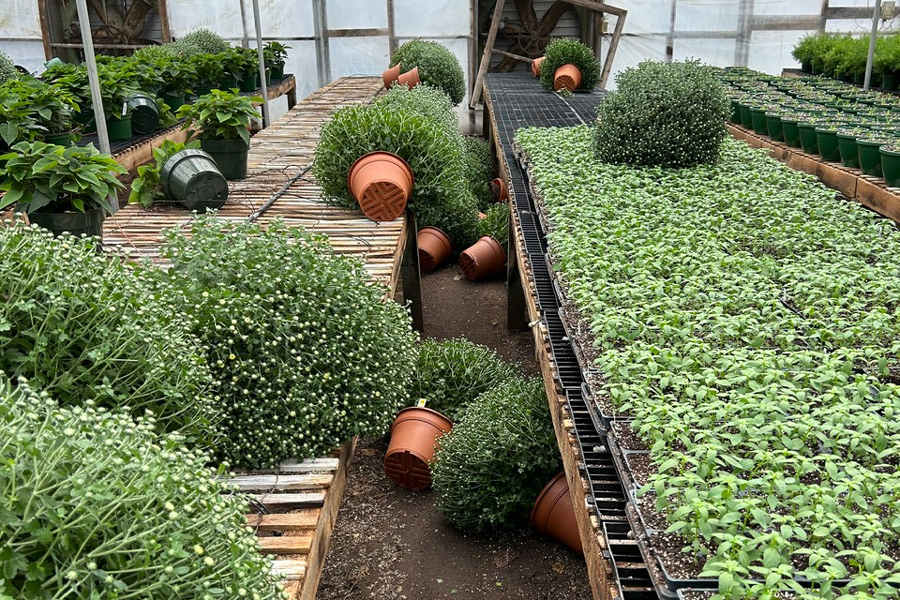
Hurricanes can cause severe damage to greenhouse structures and crops, both directly and indirectly. Strong winds, heavy rains, and flooding not only impact physical infrastructure, but also damage crops through exposure to extreme conditions. Additionally, disruptions to water, electricity, and logistics complicate production efforts.
This publication outlines common types of hurricane damage in greenhouses and provides recommendations on how growers can minimize the impact of such storms.Julie Campbell and Ping Yu
|
-

Communities across Georgia are subject to a number of potential disasters such as fires, flooding, severe storms, earthquakes, dam failures, tornados and hurricanes. While we all hope that such occurrences never happen, it has been shown time and again that being prepared for disasters is prudent. This handbook contains a step-by-step guide to disaster planning along with other essential information you will need in building a comprehensive home emergency preparedness plan. Be sure to involve all the members of your household when developing your plan. A plan will only work when everyone knows about it and agrees to operate within its guidelines.
Pamela R. Turner
|
-

This is a basic list of supplies you should have ready for emergencies. Keep the items you will most likely need during an evacuation in an easy-to-carry, waterproof container. Be mindful that this is a basic list of supplies. A more comprehensive list can be found in the Home Emergency Management Guide.
Pamela R. Turner
|
-
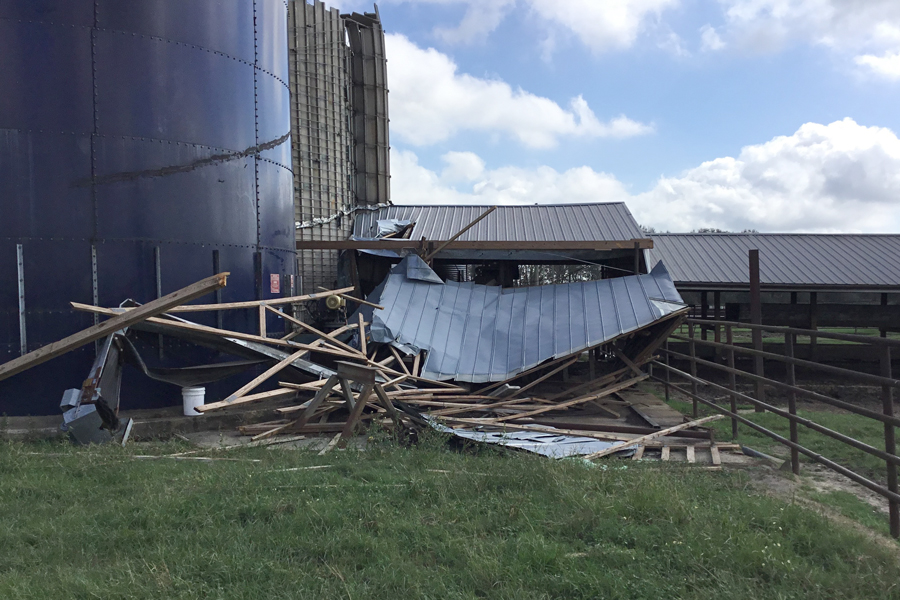
As a result of significant weather events, many producers in Georgia may experience losses of pasture growth, hay stocks, feed supplies, and livestock. After such events occur, farmers will be assessing damage to fields, stock, and property for many days, weeks, months. This publication is intended to provide recommendations to farmers that have experienced adverse affects due to significant weather in their forage and livestock production systems.
Jennifer J. Tucker, Dennis Hancock, and Lawton Stewart
|
-
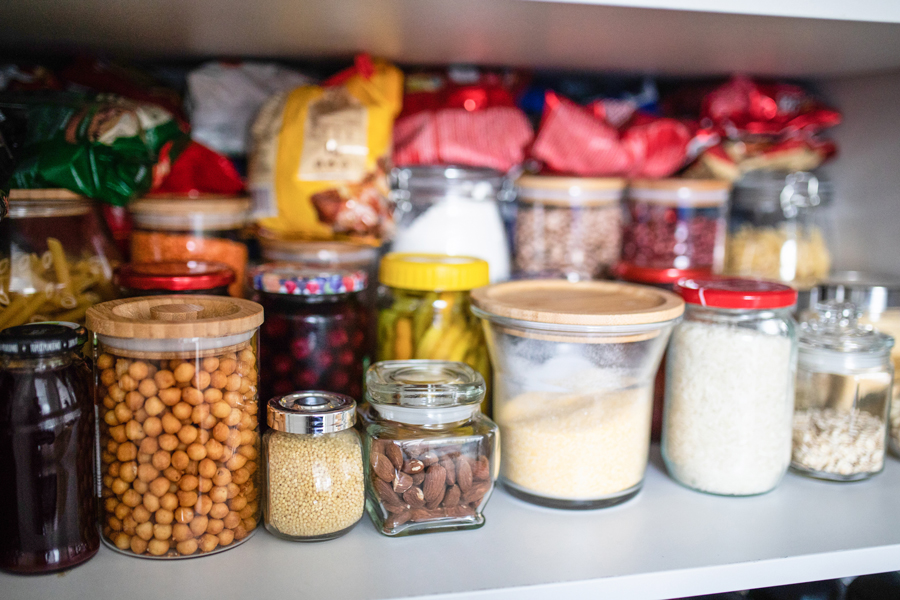
Esta publicación proporciona orientación práctica para individuos y familias, cubriendo aspectos esenciales como la planificación, la selección de recipientes adecuados y el mantenimiento de los alimentos almacenados durante emergencias como desastres naturales. La guía ofrece consejos fáciles de usar sobre variedad de menús, seguridad alimentaria y suministros no alimentarios, lo que garantiza un enfoque holístico para la preparación ante desastres.
Edda Cotto-Rivera, Susan L Moore, Carla Luisa Schwan, and Kris Ingmundson
|
-
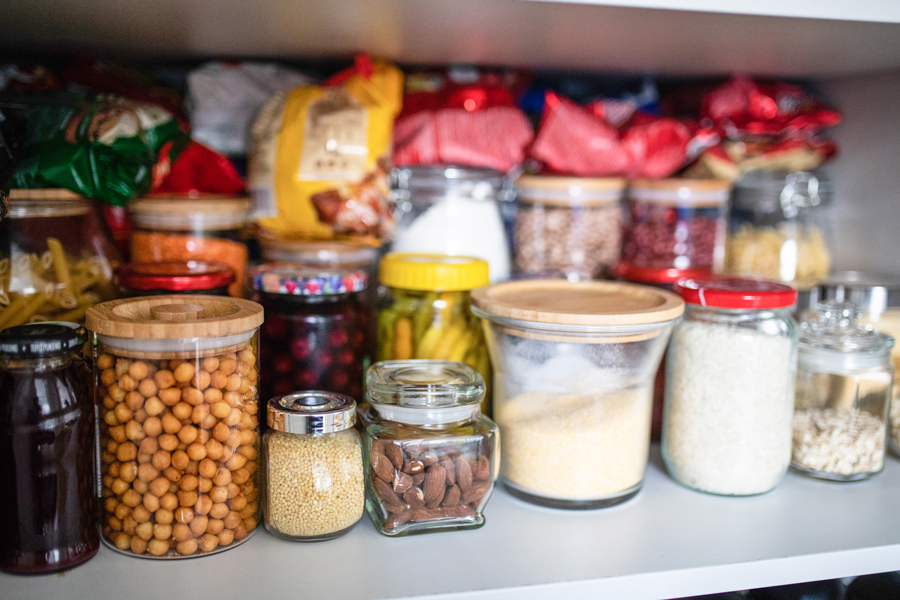
This publication provides practical guidance for individuals and families, covering essential aspects such as planning, selecting suitable containers, and maintaining stored foods during emergencies like natural disasters. The guide offers user-friendly tips on menu variety, food safety, and non-food supplies, ensuring a holistic approach to disaster readiness.
Edda Cotto-Rivera, Susan L Moore, Carla Luisa Schwan, and Kris Ingmundson
|
-
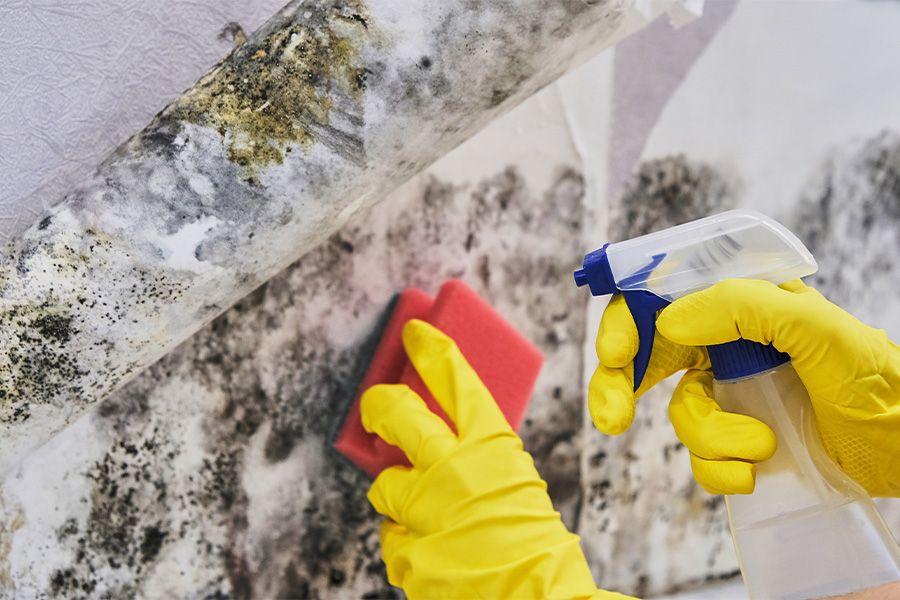
C 1047-2
Removing Mold in Your Home
Mold grows from spores, which are found naturally in the air and cannot be seen by the naked eye. Do a complete inspection of your home using the UGA Mold and Moisture Checklist. The key to controlling mold is to eliminate the source of the moisture problem.
Pamela R. Turner, Jackie E. Ogden, and Melanie Badding
|
-
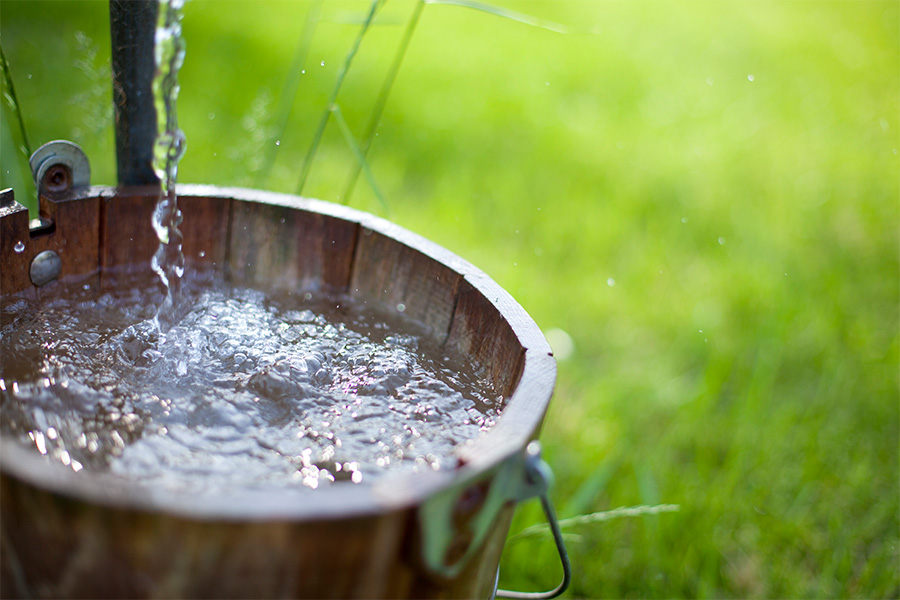
Shock chlorination is the process by which home water systems such as wells, springs, and cisterns are disinfected using household liquid bleach (or chlorine). Shock chlorination is the most widely recommended means of treating bacterial contamination in home water systems. This publication contains guidelines for safely and effectively using shock chlorination — a standard treatment for sanitizing your well system.
David E. Kissel Ph.D, Pamela R. Turner, Uttam K. Saha, and Leticia S Sonon
|